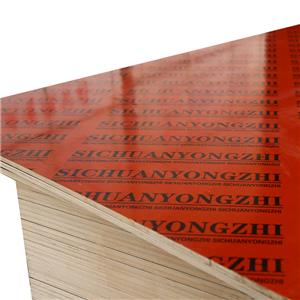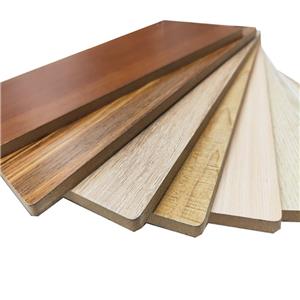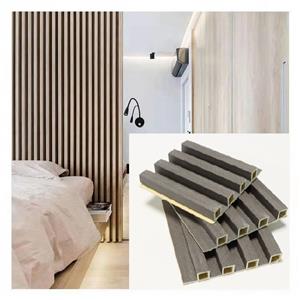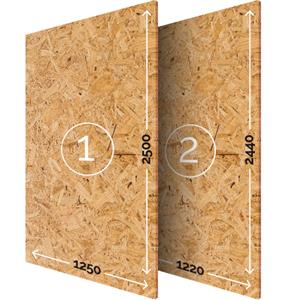Understanding OSB (Oriented Strand Board)
Composition and Manufacturing Process:
OSB is made from small, thin strands of wood, usually aspen or poplar, which are layered in specific orientations to enhance its structural integrity. These strands are bonded together using wax and adhesive resins, such as isocyanate or phenol formaldehyde. The layers are then compressed under high pressure and heat, resulting in a durable and rigid panel.
Structural Properties:
One of the key features of OSB is its structural strength. The orientation of the wood strands in multiple layers provides dimensional stability and resistance to warping or twisting. OSB is available in different thicknesses, and its structural properties make it suitable for various applications, including wall sheathing, flooring, and roofing.
Advantages of OSB:
Cost-Effective: OSB is often more affordable than traditional plywood, making it a cost-effective choice for builders and contractors.
Sustainability: OSB is considered environmentally friendly because it utilizes fast-growing wood species and small-diameter logs that might not be suitable for other applications.
Consistent Quality: The manufacturing process of OSB ensures consistent quality, reducing the likelihood of defects and weaknesses in the material.
Versatility: OSB can be used in a wide range of construction projects, from residential homes to commercial buildings, due to its versatility and adaptability.
Applications of OSB:
Construction: OSB is commonly used as sheathing for walls, roofs, and floors. Its structural strength and dimensional stability make it a reliable choice for supporting the load in various construction applications.
Furniture and Cabinetry: OSB is also utilized in the production of furniture and cabinetry. Its affordability and durability make it an attractive option for manufacturers seeking a balance between cost and quality.
DIY Projects: Homeowners and DIY enthusiasts often choose OSB for various projects, such as shelving, decking, and other structural elements, thanks to its ease of use and cost efficiency.
Conclusion:
Oriented Strand Board (OSB) has become a staple in the construction industry, offering a cost-effective and reliable alternative to traditional plywood. Its unique composition, structural properties, and versatility make it a preferred choice for a wide range of applications. As the demand for sustainable and affordable building materials continues to grow, OSB is likely to maintain its prominent role in the ever-evolving field of construction and design.




